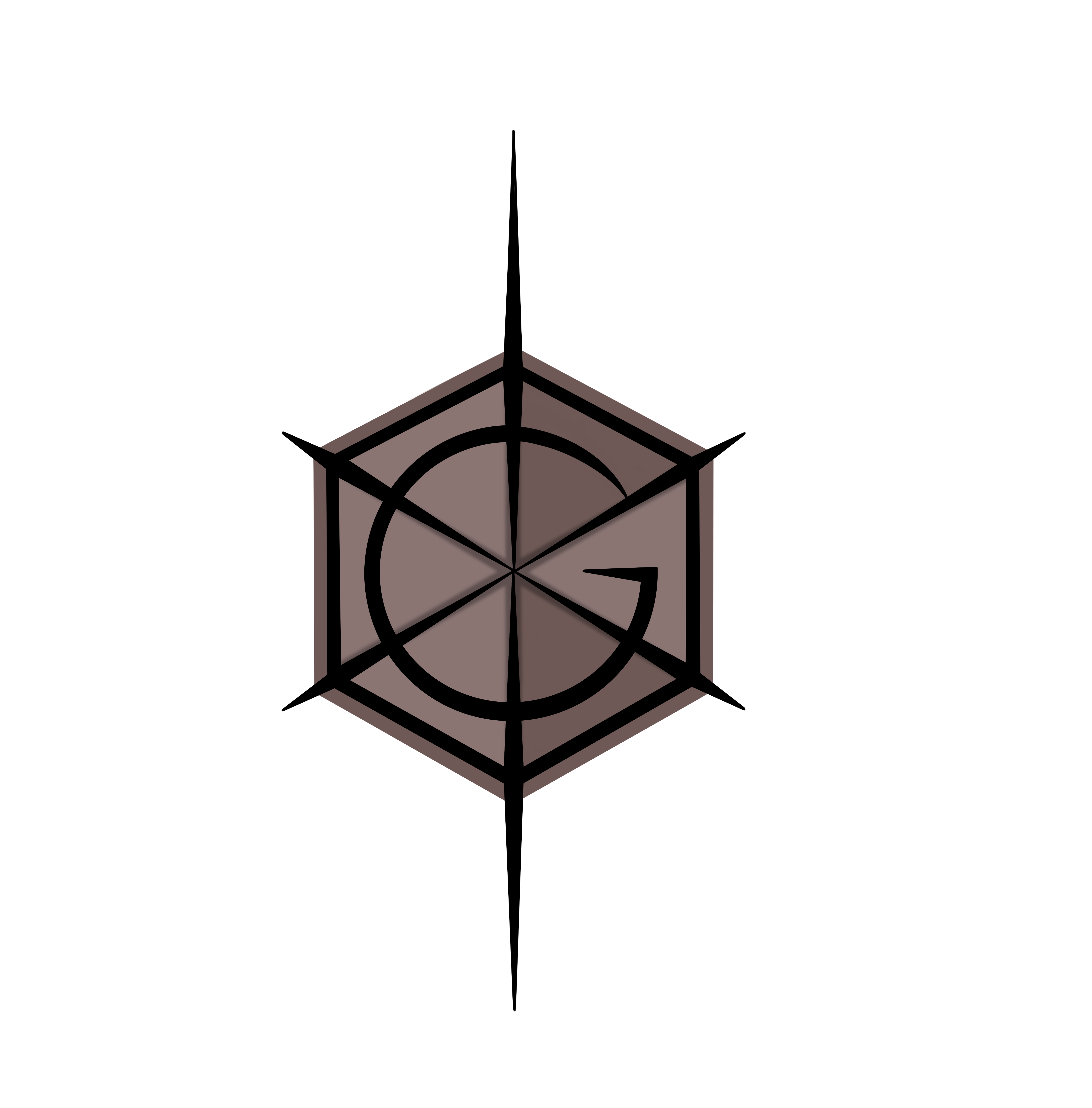Continuity Editing
Continuity editing is one of couple ways movie shots are arranged and combined to tell a coherent story. It uses smooth transitions between the elements, attempting to hide the editing in terms of making the whole feel like one realistic take.
– Graphic relations between shots – are designed to relate two otherwise different objects to one another and in this way smoothly introduce the transition. In ‘Psycho’ (A. Hitchcock, 1960) at the end of the shower scene, bath’s drain hole is followed by an eye from a new shot, creating continuous progression, despite of the cut. In cases, the two shapes could morph into each other, revealing a new shot. Another way would be to end a scene with something characteristic, and to start the next one with the same thing I.e., in ‘Indiana Jones and the Last Crusade’ (S. Spielberg, 1989) the fedora is used to match two scenes together.
In contrast, graphic discontinuity, is designed to create a completely different effect in the viewer, (shock with the contrast and build up interest) for example in ‘Amelie’ (J.-P. Jeunet, 2001) a bright image of a woman (associate with being gentle, beautiful etc.) is followed by scenes of violence in dark colours.
– Rhythmic relations between shots – Rhythm refers to the pacing of edits and is designed to introduce a sense of beat or tempo to shots, often portraying the way the character feels at a certain point within the action. Depending on the use, it can convey the tension as well as the calm of a scene.
Often, movies have an average shot duration, and speeding or slowing it down will affect the tempo of the action, and so in a movie with 4-6 sec average shot duration, speeding it to a couple seconds per cut (I.e., fighting, attack, chase scenes etc.) will make the audience feel the rise of the action tempo, resulting in tension.
In cases (‘The birds’ Hitchcock, 1963), the effect of tension can be further increased by focussing the screen on progressively smaller section (zooming in on shots) as well as adding music that depicts the rhythm of the editing in the form, we are more accustomed to – audio.
– Spatial relations between shots – mean placing something within the context of others or surroundings.
-> Establishing Shot – has a task of introducing the setting of the whole story, and often starts with a zoom in, or zoom out shots (‘Inglorious Basterds’ Q. Tarantino, 2009, ‘W’ O. Stalone, 2008, ‘2LDK’ Y. Tsutsumi, 2003).
In the beginning shots of ‘The Shining’ (S. Kubrick, 1980), establish the placement of the action and by zooming in on the car, it points towards the focus of the story, and the characters relation to the land they travel (to reach their destination – isolated hotel in the mountain, in the middle of nowhere, shown in the background).
-> Shot/Reverse Shot – way of alternating between characters (often in dialog), the audience is presented with images alternating between the POV of each character involved (line of action explained below).
In dialog scenes, what allows for seamless continuity is the 180 degree rule, a line of action drawn between the characters easily allows establishment of their placement in relation to one another, as well as their surroundings. It creates sort of axis which the camera follows, which, in turn, allows to keep order and avoid confusion and disorientation in the viewer.
Neath and orderly establishment of relations within a frame is even more important in car chase scenes, i.e., after a cut, a car needs to be moving in a consistent screen direction, otherwise it looks like they are going back where the viewer just saw them come from.
-> Eye line Match – allows the viewer to, see the action through the eyes of the character. Essentially, that shots camera matches the movement of the characters eyes, in cases it can contain panning to different directions in terms of suggesting the eye movement of, for example, looking around. This technique allows increased level of identification with the character, as the audience practically becomes the character for that shots duration.
-> Cut in and Cut away – cut in technique presents the viewer with an overview of the setting the action is taking place in, followed by a close up of the action, while the cut out/away does the exact opposite (close up followed by a long or extremely long shot).
– Temporal relations between shots – connecting two spaces or times to show their relationship to one another, done by displaying shots or sequences of different scenes interchangeably. Sometimes used for retrospections, when a character explains the past.
-> Match on Action – Shows two or more views of the same action, used to show the whole extend of the scene, and provide best angle and clarity for the viewer.
-> Parallel Editing – Used for displaying multiple lines of action, happening (most often) at the same time, in different locations. Most often used as sequences intersecting each other (‘Shrek’ – Hallelujah scene).
